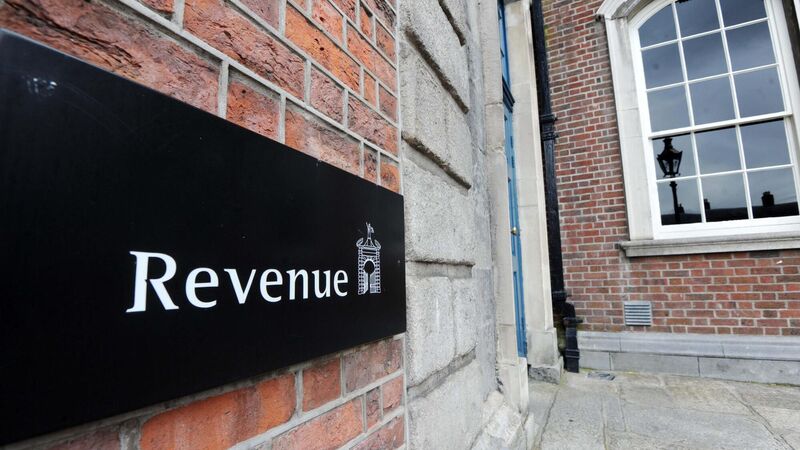Fall in Ireland's borrowing costs may lead to savings next year

Following a scare over corporate tax revenues, the Government's finances are looking in rude health. PIcture: Laura Hutton
The cost for the Government to borrow from international debt markets has tumbled this year, as markets anticipate hefty cuts by the European Central Bank in official interest rates in early 2024.
The unexpectedly sharp falls in yields or interest rates for eurozone debt markets will likely have benefits for many European governments, including for Ireland, which may likely pay a good deal less for new borrowing from international debt markets in 2024 than anticipated as recently as October's budget.
The Government, in its budget documents, predicted its level of interest service costs for this year and forecast gross debt levels would remain roughly stable at €222bn in 2024.
Ireland plans to issue modest levels of new debt next year.
The yield on the Irish 10-year bond has now ended the year at 2.35%, well below the average markets are charging governments across the eurozone, according to Trading Economics data.
The Irish yield is also significantly down from 3.25% at the end of September, which the Department of Finance noted in the budget was the highest since early 2014.
Following a scare over corporate tax revenues, the Government's finances are looking in rude health, and the fall in market borrowing costs could mean the National Treasury Management Agency will be able to tap debt markets next year at lower costs than thought in the budget just months ago.
The 2.35% yield for the Irish 10-year bond implies the Government here can tap new funds more cheaply than the 2.56% rate markets demand from the French government.
The implied market cost for Ireland to tap debt markets is also much lower that the market yield of around 3% for the Spanish and Greek governments to borrow money for 10 years.
The Netherlands at 2.32%, Denmark at 2.28%, and Germany's 2.02%, which has the lowest cost for any government in the eurozone, are cheaper than Ireland's implied borrowing costs.
The fall in eurozone government yields will be most welcome for the Italian government.
Its 10-year bond yield ended the year at 3.69%, down by around 1% from this time last year.
Elsewhere, the yield on the British 10-year bond ended the year at 3.54%, little changed from a year ago.














